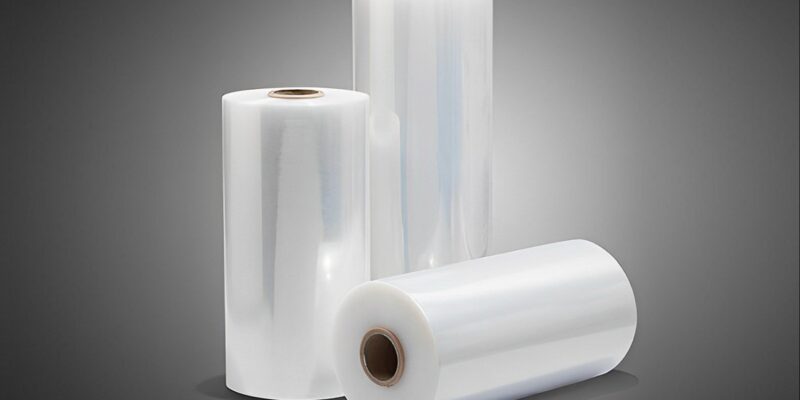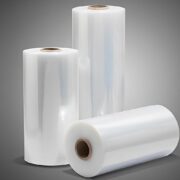Modern industries seek reliable wrapping materials that protect products and raise packaging speed. Efficient packaging depends on film rolls that combine durability with flexibility for steady performance. Strong materials guard goods from moisture and dust while minimizing waste during application. High-quality rolls make wrapping easier by ensuring smooth tension across every layer, giving uniform coverage and a stable hold. Through advanced wrapping materials, packaging gains strength and precision with reduced waste, better yield, and smooth operation powered by machine stretch wrap.
Superior Film Strength Benefits
High-performance film is built to hold products firmly during wrapping. Its tension control prevents tearing while providing a consistent layer that keeps loads stable. The tight grip maintains position even under constant movement or vibration. Such strength allows companies to move products confidently without risk of shifting or breakage.
- Strong grip ensures a stable hold across unevenly shaped loads.
- Flexible texture adjusts well on different goods while sealing firmly.
- Reduced tearing supports continuous wrapping with steady output flow.
- Transparent material helps inspection and barcode scanning without unwrapping.
- Reliable film layers minimize product slippage during warehouse stacking.
Cost-Saving Material Use
Efficient packaging is not just about speed; it is also about smart material consumption. Advanced rolls are designed to stretch evenly, allowing maximum area coverage with minimal film usage. Each meter of film secures larger loads while maintaining grip and reducing excess layers. These qualities reduce waste and save costs in high-volume operations.
- Each roll covers a wide area, keeping wrapping costs under control.
- Even stretch distribution reduces overlapping and unnecessary film layers.
- Lightweight rolls need less storage space and fewer replacements.
- Longer roll life improves workflow without frequent interruptions.
- Controlled tension application minimizes risk of film snap during wrapping.
Consistent Packaging Quality
Uniform wrapping quality defines professional packaging standards. A consistent stretch level across every roll keeps products evenly wrapped, ensuring stable bundles ready for storage. Balanced tension prevents over-tightening that could damage delicate items while still holding firm. When used properly, this wrapping approach offers neat alignment and dependable protection.
The film’s elasticity helps secure products of various shapes and sizes under one standard method. Clear texture improves appearance while supporting better labeling visibility. Its resistance to puncture keeps edges smooth and intact during handling. The balanced pressure from machine stretch wrap ensures a firm yet flexible hold that suits multiple goods, from lightweight boxes to dense industrial items.
Improved Productivity Output
Productivity depends on how quickly and efficiently wrapping tasks are completed. High-performance film rolls help operators manage large workloads smoothly. Their steady unwind and simple loading reduce setup time and allow continuous use. Workers complete wrapping faster because fewer breaks occur between roll changes. This smooth process ensures better time management on the production floor.
- Quick load mechanism reduces machine downtime during roll changes.
- Smooth film flow avoids tangling or folding while wrapping products.
- Enhanced grip lowers slipping risk when stacking wrapped pallets.
- Transparent film improves scanning speed during logistics operations.
- Clear roll movement gives users better control during packaging tasks.
Strong and efficient wrapping technology continues to shape the way goods are handled globally. High-performance rolls enhance product safety while simplifying packaging routines. Their consistent hold, clear texture, and long-lasting durability improve the overall outcome of industrial packaging lines. Using strong film materials reduces cost, saves time, and ensures dependable sealing that prevents loss or damage.









Comments